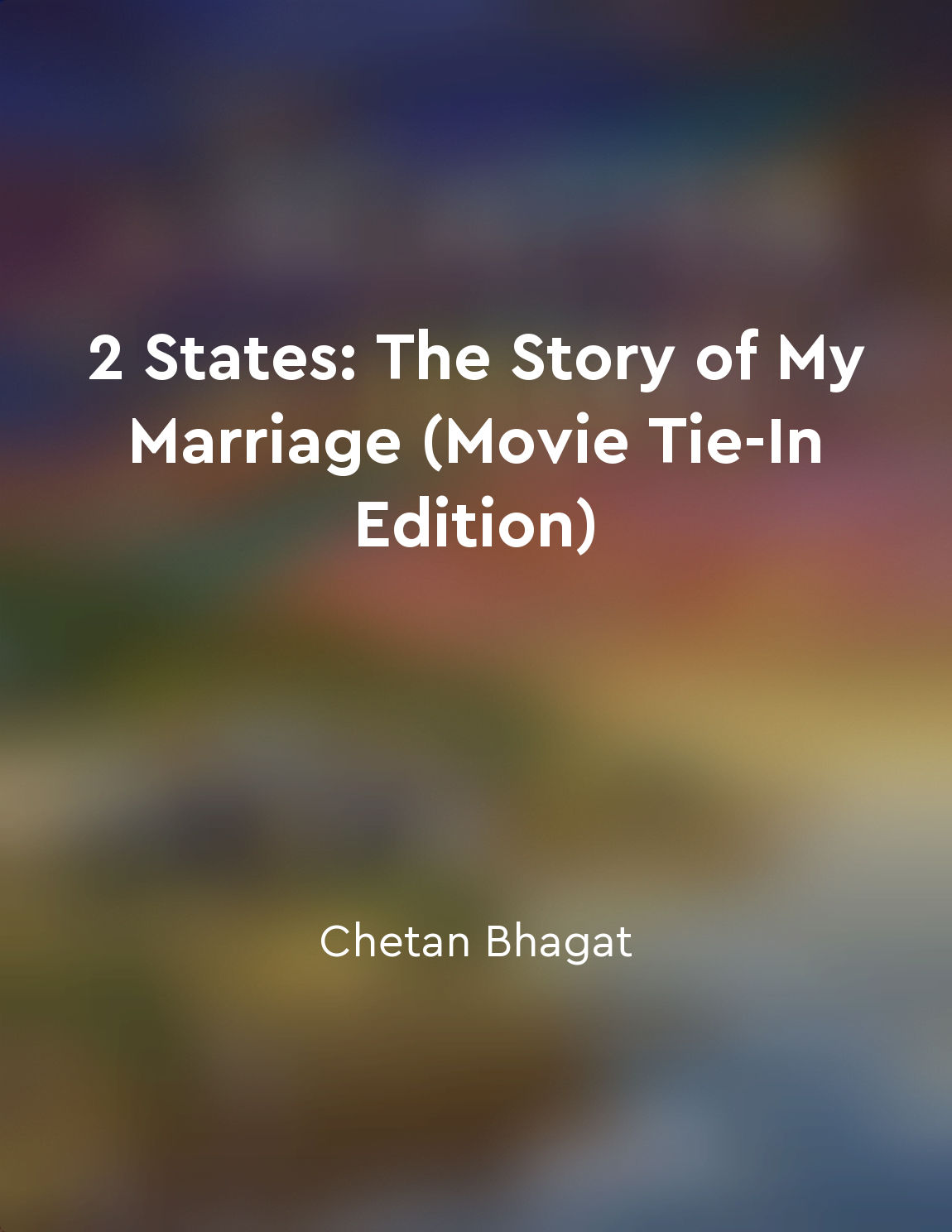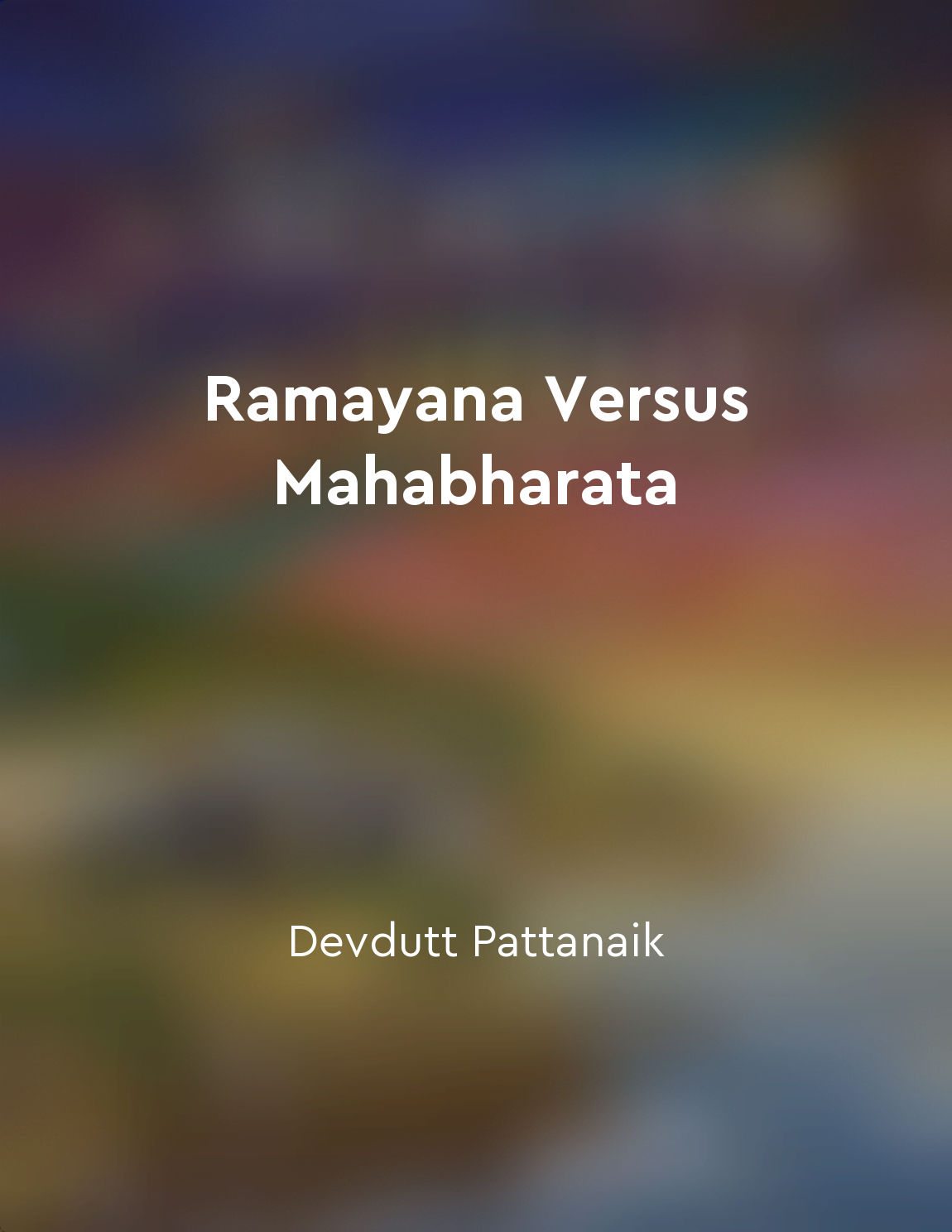He finally locates Sita in Lanka from "summary" of The Ramayana: Kishkindhā kāndam. 1891 by Vālmīki
Hanuman, the mighty monkey warrior, embarked on a perilous journey to find Sita, the beloved wife of Prince Rama, who had been abducted by the demon king Ravana. Crossing vast oceans and facing numerous challenges, Hanuman finally reached the island of Lanka, where Sita was held captive. With unwavering determination and courage, he searched every corner of the island until he found the beautiful princess, imprisoned in a grove of ashoka trees. Overwhelmed with joy at finally locating Sita, Hanuman approached her with reverence and conveyed the message of Rama's undying love and unwavering determination to rescue her from captivity. Sita, filled with gratitude and hope, shared her sorrowful tale of separation and longing, expressing her unwavering faith in Rama's ability to rescue her from the clutches of Ravana. Witnessing Sita's unwavering faith and devotion to Rama, Hanuman felt a surge of admiration and respect for her steadfastness in the face of adversity. He assured her of Rama's imminent arrival and pledged to relay her message to him, igniting a glimmer of hope in Sita's heart amidst the darkness of her captivity. Filled with a renewed sense of purpose and determination, Hanuman set out on his journey back to Rama, carrying Sita's message of love and hope. His encounter with Sita in Lanka marked a pivotal moment in the epic saga of the Ramayana, symbolizing the unwavering bond of love and loyalty that existed between Rama, Sita, and their devoted allies in the face of insurmountable odds.Similar Posts

Love knows no boundaries of language or culture
In a world where language and culture often divide people, love has the remarkable ability to bring them together. Love transce...
The death of Dronacharya
Dronacharya was a great warrior and teacher in the epic Mahabharata. He was a master of warfare and had trained many princes in...
Ideal ruler
In the epic Ramayan, the concept of an ideal ruler is exemplified through the character of Lord Rama. Rama is portrayed as the ...
The defeat of Ravana by Rama signifies victory
When Rama vanquished the demon king Ravana, it was not merely a physical battle. It symbolized the victory of righteousness ove...

Communication is essential for a successful relationship
In a successful relationship, communication plays a crucial role. It is the foundation upon which trust, understanding, and con...

Ramayana's Ayodhya is peaceful, Mahabharata's Kurukshetra is battlefield
In the Ramayana, Ayodhya is portrayed as a peaceful kingdom where righteousness and order prevail. The city is described as a u...

Lessons in leadership and humility
In leadership, one must display qualities of humility. A leader who is humble is more likely to gain the respect and loyalty of...
Hanuman encounters various challenges during his quest
In his quest, Hanuman faced many challenges that tested his strength and wit. One such challenge was crossing the vast ocean to...

Importance of dharma and duty
In today's age of cynicism and moral relativism, the ancient concept of dharma and duty may seem outdated and irrelevant. Howev...
